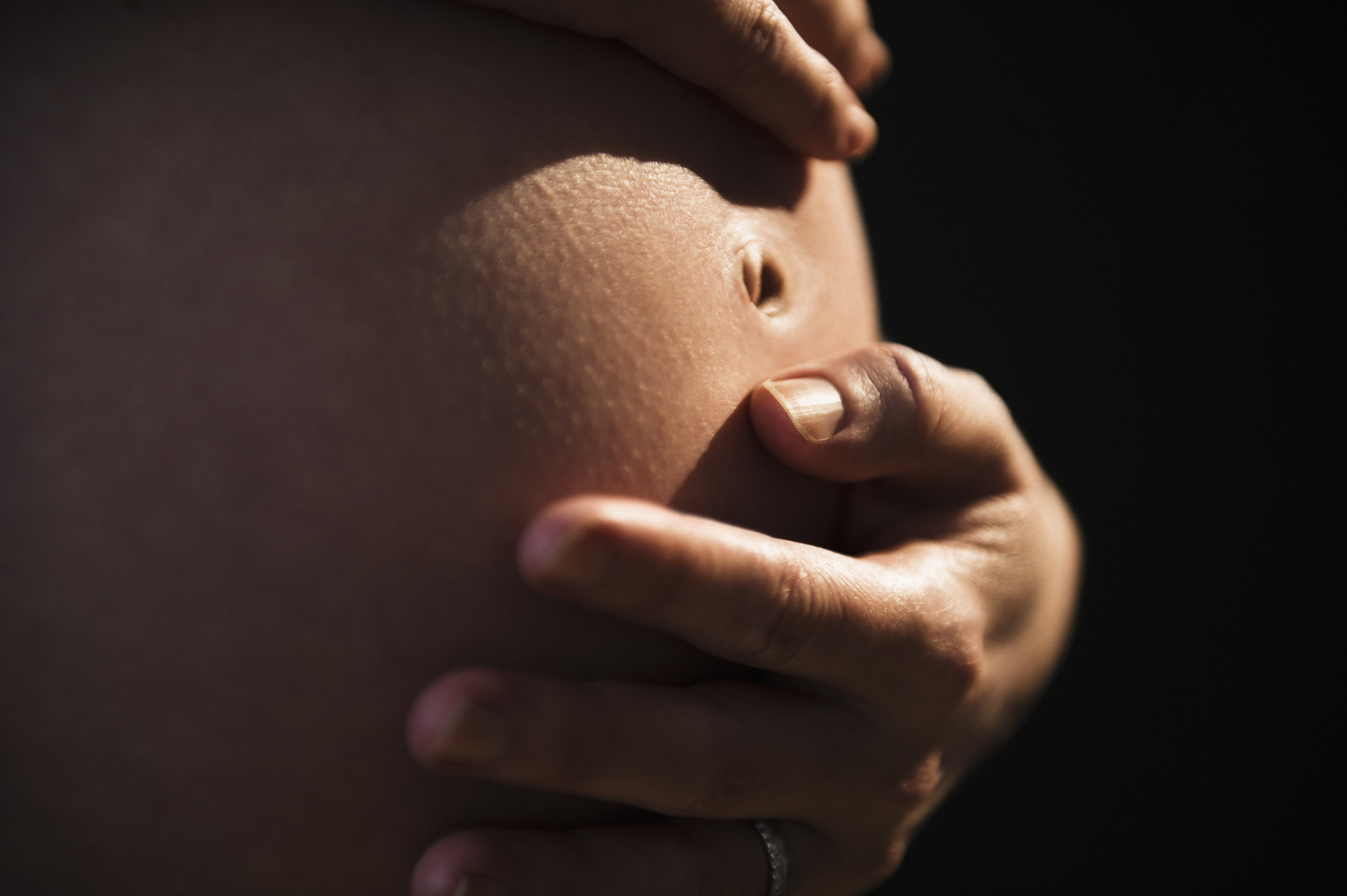When 26-year-old Brittany Jacobs was a young girl, she noticed that there seemed to be two openings in her vaginal region. "I always believed it was my hymen, and as I got older, I thought it was just really tough and maybe would break one day," she told BuzzFeed.
The openings weren't the only thing that seemed off to Brittany. She also had two separate periods a month, excruciating menstrual cramps, painful sex, and bled through tampons within 5 to 10 minutes. But none of her doctors ever noted anything abnormal, so she brushed it off.
Brittany has uterus didelphys, or double uterus. Some people with this condition also have two vaginas, which are separated by a barrier called the septum. "Both vaginas were completely normal and fully functional, but I was unable to pass a child, so my septum was cut — meaning now I only have one hole," Brittany said.
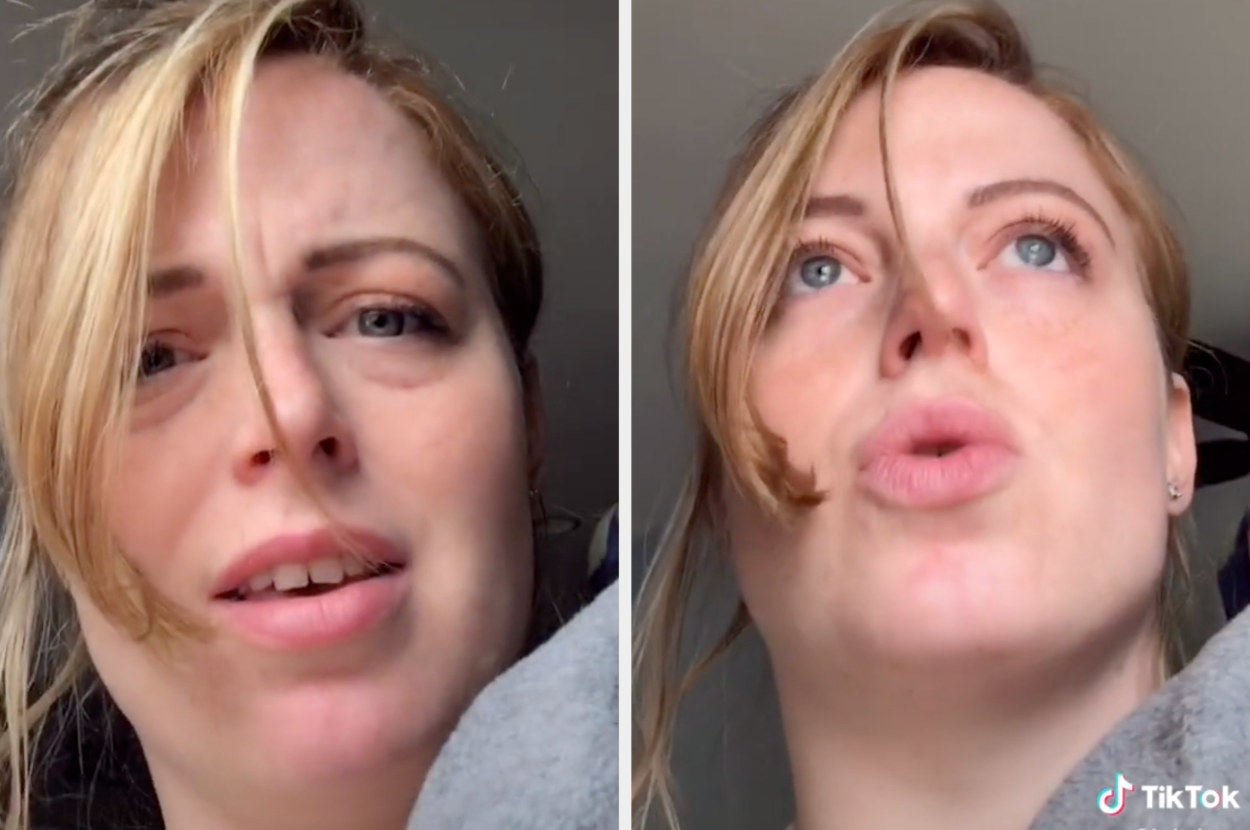
To find out more about how uterus didelphys occurs and what its possible implications are, BuzzFeed reached out to Dr. Mary Jane Minkin, clinical professor in the Department of Obstetrics, Gynecology, and Reproductive Sciences at the Yale University School of Medicine.

"The female reproductive system actually forms from two tubular structures (right and left) that join together," Dr. Minkin told BuzzFeed. "These tubes join together and basically form the uterus, cervix, and going down to the vagina. What happens also after these two fuse — the thing between the two as they get together goes away, it dissolves. And that’s called the septum between the two tubes. So what can happen is — depending on how much of the septum doesn’t disappear — as these two tubes fuse, you can end up with two totally next-door-to-each-other tracts."
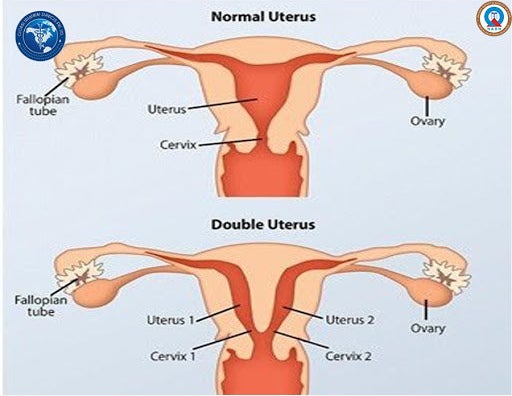
The part of the uterus that doesn't fuse is called the "horn." Some people may have two uterine horns, one cervix, and one vagina, while others might have two uterine horns, two cervixes, and two vaginas. There are many possible variations, Dr. Minkin said. In Brittany's case, it was the latter.
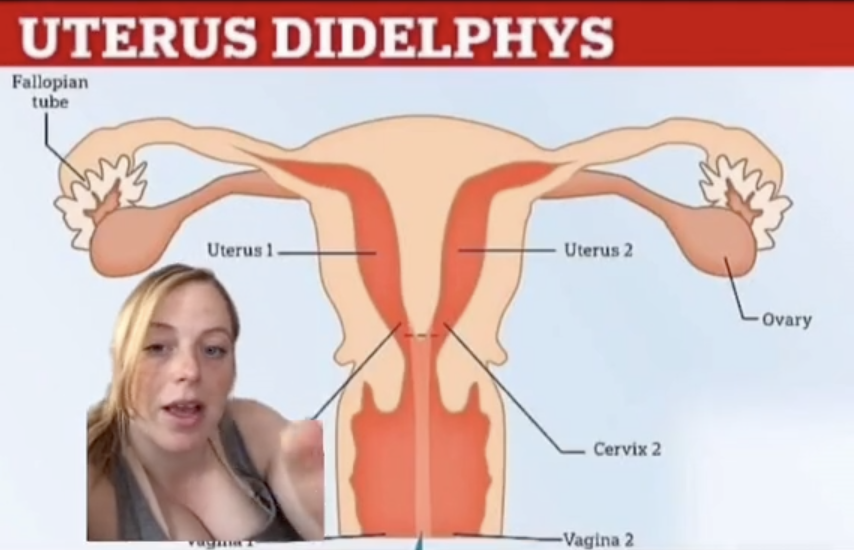
Uterus didelphys doesn't happen frequently, but it's not rare either. "Basically, all gynecologists who get to be old see some patients with it in their lifetime," Dr. Minkin — who has practiced for over 40 years — said. Usually, a doctor notices it during a pelvic exam or sees it in an ultrasound, but it's possible for them to miss it — especially if a patient with two vaginal openings has one opening that's more prominent than the other.
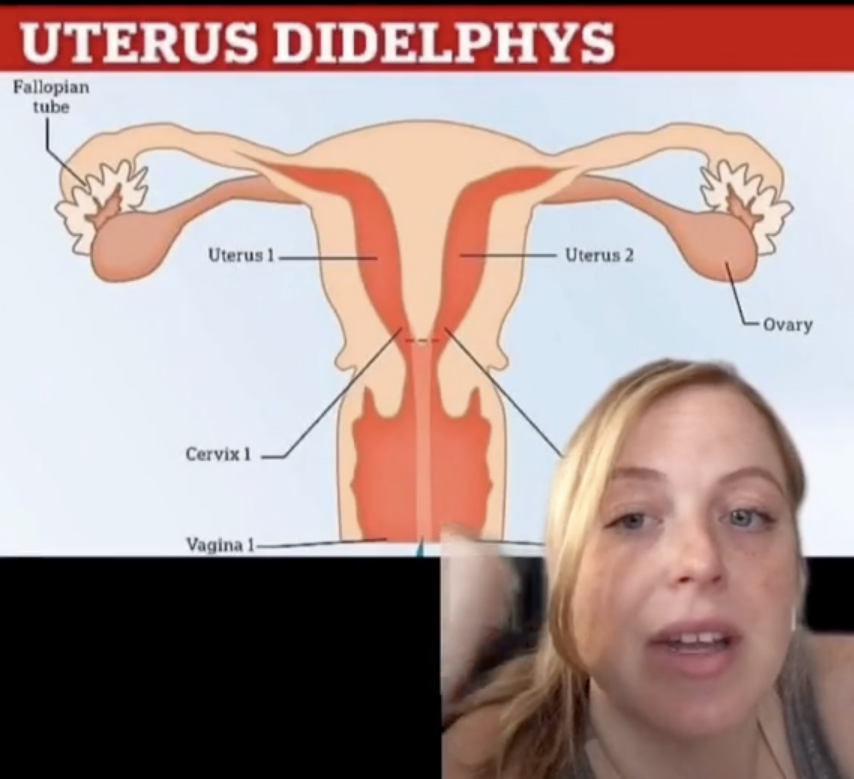
Occasionally, uterus didelphys can produce some reproductive complications, Dr. Minkin said, but many of these issues can be fixed with reconstructive surgery. There's also an association between uterus didelphys and kidney problems. "If we do see someone who has one of these issues, we oftentimes will get an ultrasound of their kidneys to make sure their collecting system works okay," she said.

When it comes to Brittany's painful periods, Dr. Minkin said that's not a characteristic they see regularly with uterus didelphys patients, but it could be the result of an obstruction to her flow. "When there’s blood hanging around, you might get some extra contraction activity trying to kick it out of there," she said.

Brittany said the cutting of her vaginal septum made her second pregnancy way easier than the first, and that she carried both babies in her right uterine horn. Between pregnancies and breastfeeding, she hasn't had her period yet, so she's not sure if her uncomfortable symptoms have improved.
"I really want people to understand the importance of teaching more about female anatomy and helping women understand their own bodies," Brittany told BuzzFeed. "I cannot tell you how many women I know that don’t know proper terminology or the functions of their reproductive parts. I also want women to believe their gut when they think something is wrong. Doctors may not believe you the first five times, so make sure you say it the sixth time."
Dr. Minkin advised people with uterus didelphys to seek out a fertility specialist if they feel like their gynecologist isn't fully equipped to handle their condition. "They're the people who end up seeing this the most," she said. She also emphasized that uterus didelphys is not something to be ashamed of. "My take home message is you’re not a freak, you’re not weird, and by definition: If I’ve seen something a few times, it’s not rare."
